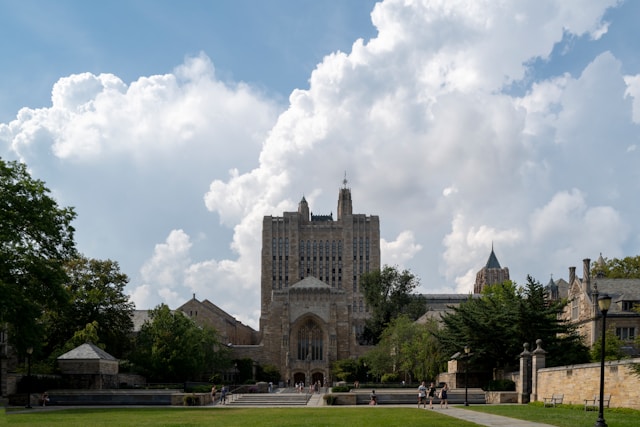Connecticut residents are watching the skies, bracing for severe weather that might echo what just hit New Jersey. Thursday’s storms there dumped over four inches of rain in spots, triggered tornado warnings, and caused flash flooding that stranded drivers and flooded roads.
Now, as meteorologists in Connecticut keep a close eye on shifting weather patterns, local emergency officials are urging everyone to get ready. Folks in Hartford, New Haven, and pretty much everywhere else across the state might want to take these warnings seriously.
Explore top-rated stays with no booking fees and instant confirmation. Your dream trip starts here!
Start Exploring Now
Understanding the Recent New Jersey Storm System
New Jersey’s storms on Thursday packed a punch—heavy rain, strong winds, and a ton of lightning. Flash flood warnings popped up as drainage systems just couldn’t keep up with the sudden downpour.
Emergency crews scrambled to help people stuck in cars and to deal with flooded streets. It’s the kind of chaos no one really wants to see, but it happens fast when storms like these roll through.
Weather pros point out that these intense summer storms can form quickly and catch folks off guard. Two tornado warnings blared across the state, though thankfully, no actual touchdowns happened.
Still, thousands lost power when wind gusts knocked down trees and tore up utility lines. It’s a mess that takes time to clean up.
Rainfall Totals and Flooding Impacts
Some New Jersey towns saw more than four inches of rain in just a few hours, while other places got less. When that much water falls so quickly, stormwater systems just can’t handle it, and flooding happens fast.
If storms like that head for Connecticut, places like Stamford and Bridgeport could get hit hard, especially with the way coastal weather can ramp things up. Waterbury and Danbury might face their own headaches, thanks to hills, rivers, and different elevations.
Connecticut’s Vulnerability to Summer Storms
Connecticut’s geography makes it kind of a wild card for summer storms. Coastal air, river valleys, and hills can all make storms worse in certain spots.
Looking back at old weather data, it’s not unusual for Connecticut to get the same kind of storms New Jersey sees, just a day or two later. It’s a pattern that repeats more often than you’d think.
People in New Haven and Greenwich really need to stay alert. Those towns have dealt with major flooding during past summer storms, and it could happen again.
Low-lying areas all over the state are at risk, especially if rain starts falling faster than two inches an hour. That’s when things can go sideways in a hurry.
Preparation Recommendations for Connecticut Residents
Emergency officials across Connecticut have a few key tips as storms approach:
If you live in Norwalk or nearby, keep an eye on local weather alerts. Be ready to change your plans if storms start to build.
And please—don’t try to drive through flooded roads. Most flood deaths happen when people do just that. It’s not worth the risk; turn around, don’t drown.
Looking Ahead: Weather Monitoring and Resources
Connecticut’s emergency management system keeps a close eye on developing weather patterns. Sometimes, these storms look a lot like what New Jersey just went through.
Meteorologists point out that summer storms can be weirdly local. One town might get drenched, while another just down the road barely sees a drop.
People across Connecticut can check real-time weather updates using the state’s emergency alert system. Local news and weather apps also help folks stay in the loop about storms and flood warnings.
Emergency response info pops up fast on these platforms, which is honestly pretty helpful. It’s not always perfect, but it’s better than being caught off guard.
Here is the source article for this story: N.J. town-by-town rainfall totals: See which towns got 4+ inches in strong thunderstorms
Find available hotels and vacation homes instantly. No fees, best rates guaranteed!
Check Availability Now








